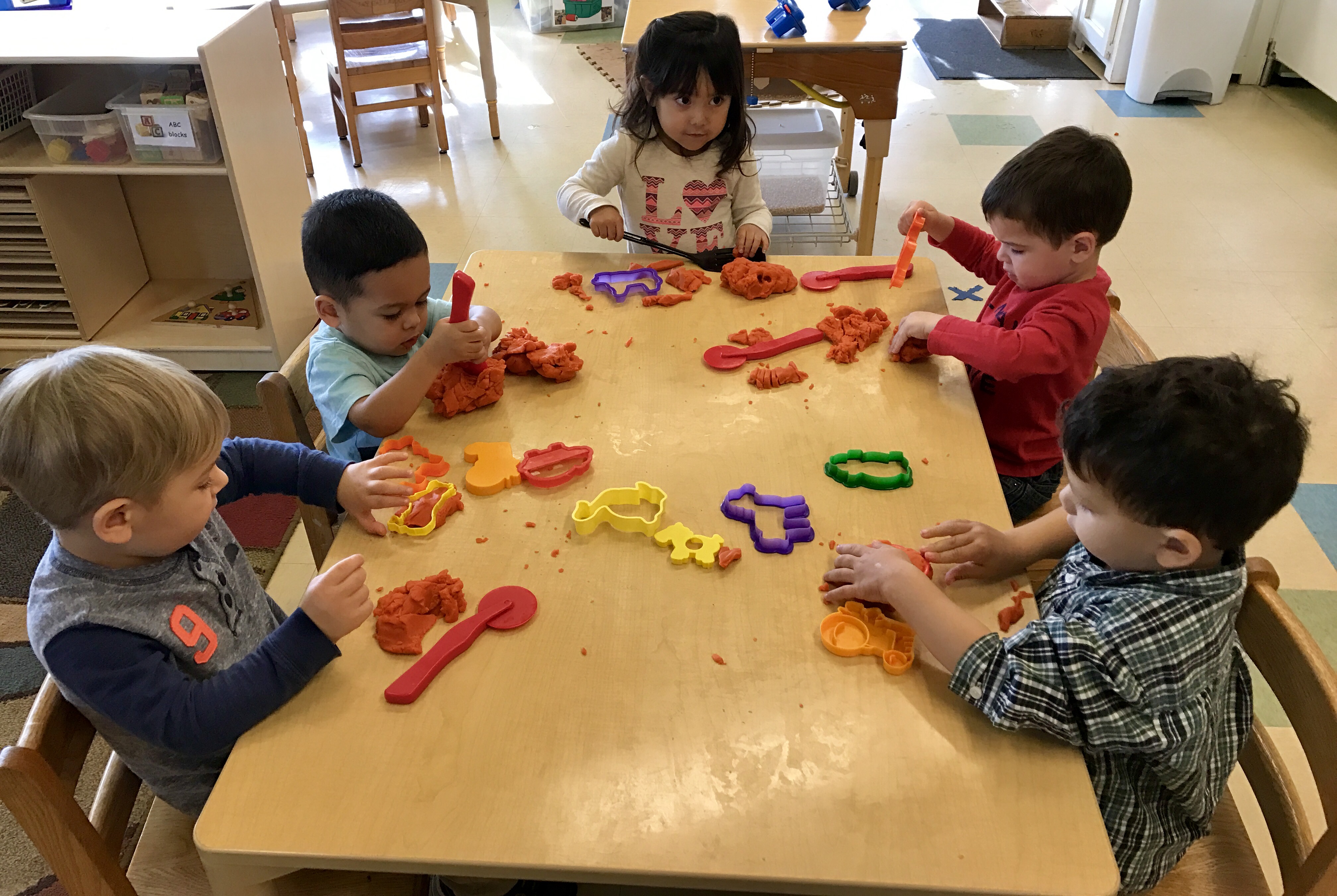
The therapist used very brief problem-solving with Ryan’s mother each time Ryan complained about the activity.

Cognitive/Verbal Aspects of the Activityīecause this activity was initiated very early in the therapy, the therapist focused on using interpretation to identify problematic issues and used problem-solving only to address pragmatic issues that interfered with the progress of the session. In the final round, each molded the other doing something they did not like. Again, the therapist had her mold Ryan’s facial expression as well as his body. When it was his mother’s turn, she sculpted Ryan building with blocks. Once Ryan had positioned her body the way he wanted it, the therapist had him focus on molding her face to show the appropriate facial expression. Ryan chose to show her taking care of his sister.

In the next round, Ryan was told to sculpt his mother doing something she enjoyed doing. For example, when Ryan complained a position was uncomfortable, the therapist said to the mother, “you know I’m not sure the clay can stay in that position, our sculpture might fall apart maybe we should move the arm down a little.” In this way Ryan could be assured his needs were being attended to, but his complaints were not allowed to control the activity to the extent they interfered with its progress.

Again, the therapist helped Ryan’s mother engage in the activity in such a way that they remained in control but were careful to address Ryan’s needs. He frequently moved out of position and verbally complained about what his mother was having him do. Ryan relinquished control in the activity only reluctantly. After about 5 to 10 minutes, the therapist had them switch roles. Gradually, Ryan became more engaged and freer in moving his mother about and making her assume some silly positions. Because Ryan was reluctant initially to engage in the activity, the therapist encouraged him by becoming relatively dramatic and pulling Ryan into a pretend scene in which they talked about the mother as though she was not there. For the first round, the therapist identified Ryan’s mother as “the blob of clay” and Ryan as “the sculptor.” Ryan’s mother was instructed to sit on the floor to allow the sculptor to position her as he saw fit. In subsequent rounds, emotional expression and communication were emphasized. The goal of the first round was simply to familiarize them with the activity and to get Ryan used to being touched. This activity proceeded in rounds, each demanding progressively more interaction between Ryan and his mother. A camera might be useful for preserving specific moments in the activity and making these available to later processing. In this case, the activity was introduced in the second session as a way of pushing interaction between Ryan and his mother who had engaged in parallel play during the first session. It could be adapted for use in the Negative Reaction phase as a way of making manifest the degree to which the child is resisting, but may very well trigger a response on the part of the child that will require significant limit-setting if not outright physical restraint. This activity could be used in either the Introduction and Exploration phase or the Growing and Trusting phase of therapy. The goal of this session was to provide Ryan with an experience that would foster both emotional and physical contact. It seems he preferred to feel he was rejecting others rather than attempt to tolerate the pain of being rejected. Upon his referral, his need for emotional contact was not being met and was being reflected in his desire to avoid physical contact. It appears Ryan withdrew in response to the combination of his mother’s unavailability during her depression and the lack of a consistent caregiving substitute in her absence. Ryan became very quiet and withdrawn over a period of 6 months and, although he seemed to recover as his mother did, both of his parents report he is still rather distant and does not particularly like to be held or touched. Ryan was, therefore, cared for by an array of people including babysitters, relatives, and nannies. Although Ryan’s father attempted to take over the childcare responsibilities, the demands of his job made his ability to do so sporadic. She became severely depressed and withdrawn. Ryan was 14 months old when his mother miscarried a male child in her seventh month of pregnancy. Ryan, age 4, was the oldest child in a family consisting of his mother, father, and a younger sister, age 1. Kevin John O’Connor, Sue Ammen, in Play Therapy Treatment Planning and Interventions (Second Edition), 2013 Level I: Activity 1 2 Case Synopsis


 0 kommentar(er)
0 kommentar(er)
